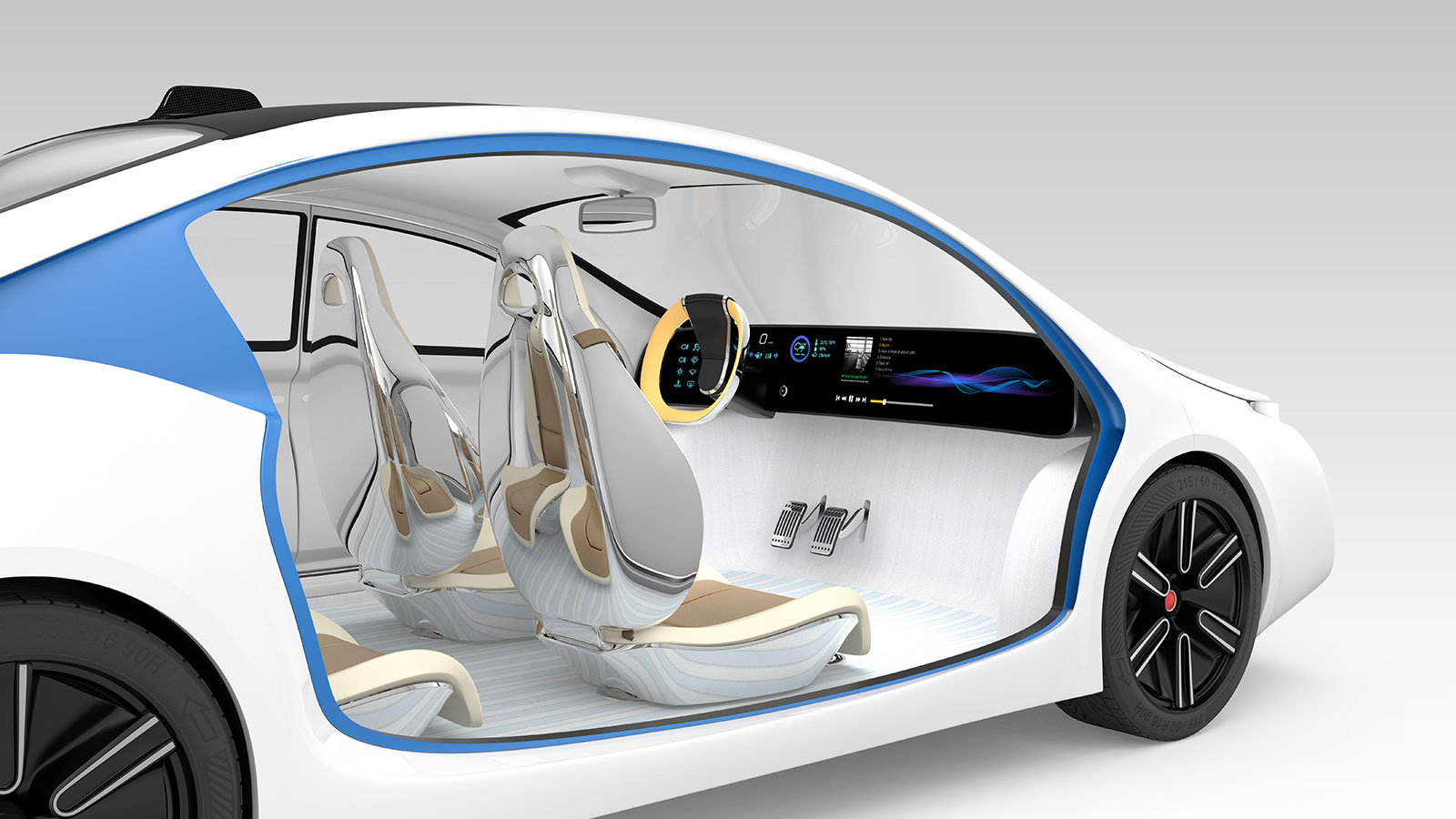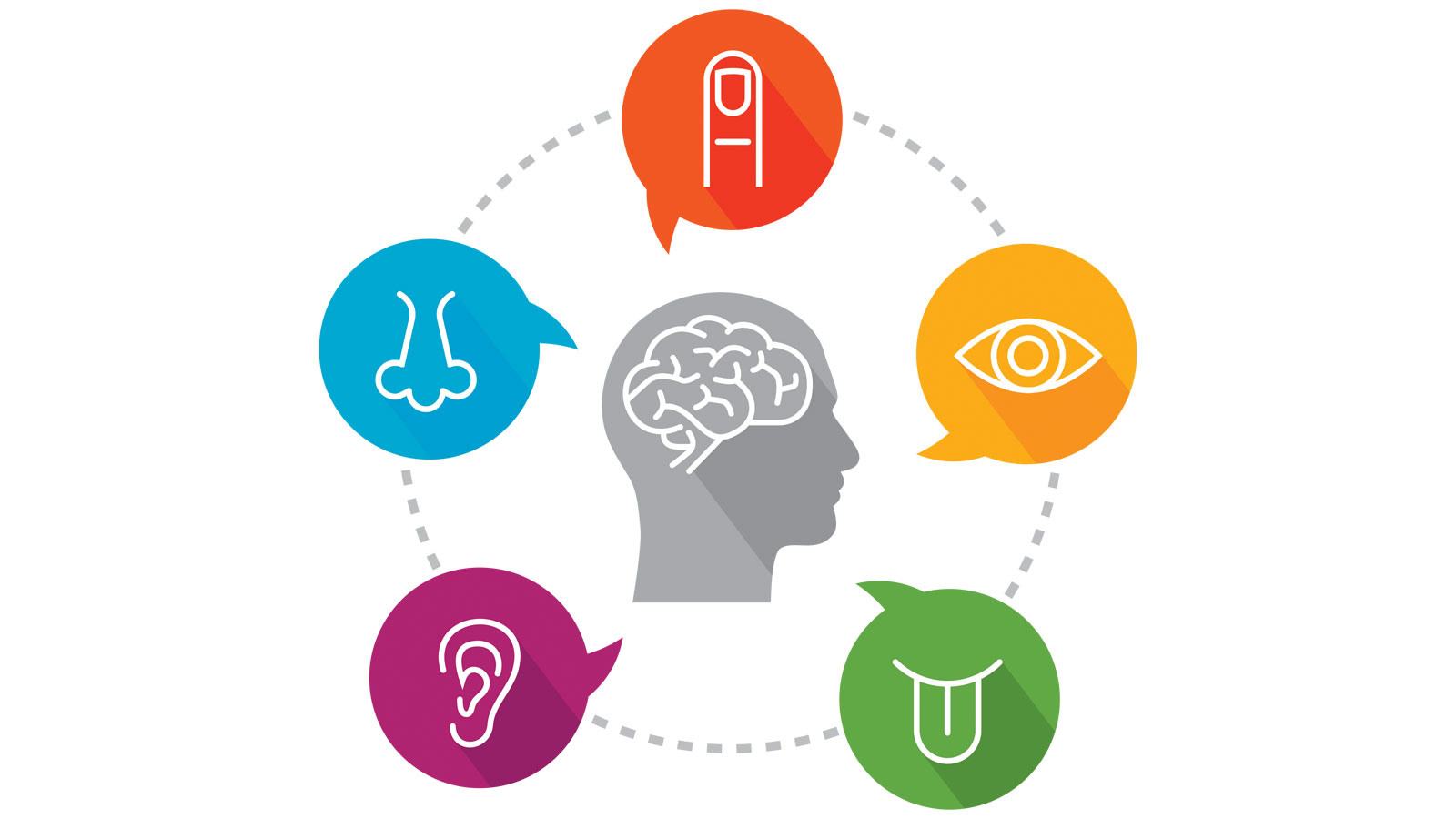
Automotive | 6 Reasons Haptics will Improve Vehicle UI
Posted; January 23, 2020
Charlie Alexander, Director, Automotive at Ultraleap, gives a rundown of the reasons haptic technology is going to make automotive UI safer, more intuitive, and more enjoyable to use.
In the real world, touch, sight, hearing, taste, and smell all combine to allow us to interact effectively with the world around us. They’re like the members of a team, each bringing different strengths.
At Ultraleap, we are haptic experts – experts in the sense of touch, and in the haptic technology that integrates our sense of touch into user interfaces (or UI).

We know that touch has unique strengths no other human sense can provide, and that today’s haptic technology creates the opportunity to develop UI that utilises this sense as has never been possible before.
In automotive, haptic feedback can be incorporated through surface haptics (on, for example, a touchscreen) or Ultraleap's mid-air haptics. Mid-air haptics is a "virtual touch" technology, which uses ultrasound to create tactile sensations in mid-air. In automotive it is typically combined with hand tracking and a gesture control interface.
What benefits can haptics offer the automotive sector? Read on to find out.
1. HAPTICS ARE NON-VISUAL
The task of actually driving a car is a primarily visual one. Anything that distracts from that and takes drivers’ eyes off the road is potentially dangerous.
Today’s infotainment systems and other controls largely rely on visual checks. But what if they didn’t have to? Haptics creates alternative, non-visual ways to communicate and control.
In an award-winning 2018 study conducted by the University of Nottingham, UK, 39% of participants were able to perform tasks with no off-road glances at all when using a interface that combined gesture control and mid-air haptics.

2. INCORPORATING HAPTIC FEEDBACK REDUCES MENTAL LOAD
Interfaces that incorporate haptic feedback to give drivers confirmation actions have been recognised and accepted are easier and more intuitive to use.
The University of Nottingham study showed that for a slider-bar task, drivers were, on average, three times more accurate when using gesture control + mid-air haptics compared to using a touchscreen. Drivers feel more in control, and mental load and driver distraction are reduced.
3. HAPTICS IMPROVES PERSONALIZATION AND PRIVACY
Touch is the most personal of our senses. If a vehicle gives a driver an audible warning, everyone in the car can hear it. But if the warning is, say, a vibration in the seat (such as is common in advanced driver-assistance systems), that information is transmitted to the driver alone.
4. HAPTIC TECHNOLOGY WILL CREATE NEW FORMS OF UI
A 2013 study showed that human fingertips can distinguish a pattern as thin as 13 nanometres from a smooth surface. New haptic technology (including our own ultrasonic mid-air technology) enables three-dimensional interaction, and haptics reduces the need for screens, buttons and knobs.
All of these together create the opportunity to design sleek, subtle, dynamic and personalised solutions for vehicle cockpits.
5. HAPTIC TECHNOLOGY IMPROVES REACTION TIME
Reaction times to haptic stimuli are 1.7 times quicker than to visual stimuli. Not only this, but warnings delivered through haptics are hard to miss or ignore. Haptics can mean the difference between life and death in a critical situation.
6. PEOPLE PREFER INTERFACES THAT INCLUDE HAPTICS
Because our sense of touch is our most primal sense, we respond instinctively and emotionally to it. It is an effective way of increasing people’s sense of control and connection, and is proven to increase user engagement.
In the University of Nottingham study, there was an 85% increase in preference score for gesture control + mid-air haptics compared to a touchscreen, and an 82% increase in preference score for gesture control + mid-air haptics compared to gesture control alone.
To find out more about how gesture control and haptics are powering the automotive interface of the future, visit our specialist automotive page.
Charlie Alexander is Director, Automotive at Ultraleap.